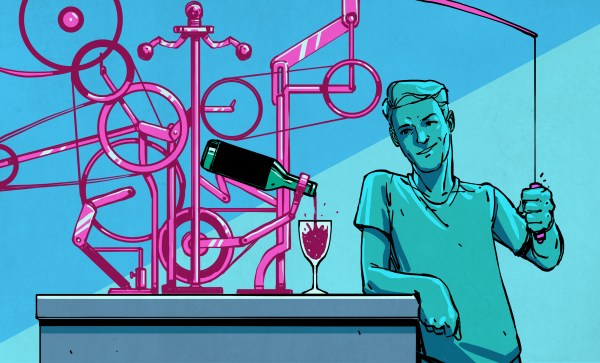River tables are something we’ve heard decried as a passé, but we’re still seeing some interesting variations on the technique. Take this example done with bronze instead of epoxy.
Starting with two beautiful slabs of walnut, [Burls Art] decided that instead of cutting them up to make guitars he would turn his attention to a river table to keep them more intact. Given the price of copper and difficulty in casting it, he decided to trim the live edges to make a more narrow “river” to work with for the project.
Since molten copper is quite toasty and wood likes to catch on fire, he wisely did a rough finish of the table before making silicone plugs of the voids instead of pouring metal directly. The silicone plugs were then used to make sand casting molds, and a series of casting trials moving from copper to bronze finally yielded usable pieces for the table. In case that all seems too simple, there were then several days of milling and sanding to get the bronze and walnut level and smooth with each other. The amount of attention to detail and plain old elbow grease in this project is impressive.
We’ve seen some other interesting mix-ups of the live edge and epoxy formula like a seascape night light or this river table with embedded neon. And if you’re looking to get into casting, why not start small in the microwave?
Continue reading “A Different Take On The River Table Does It In Bronze”

















